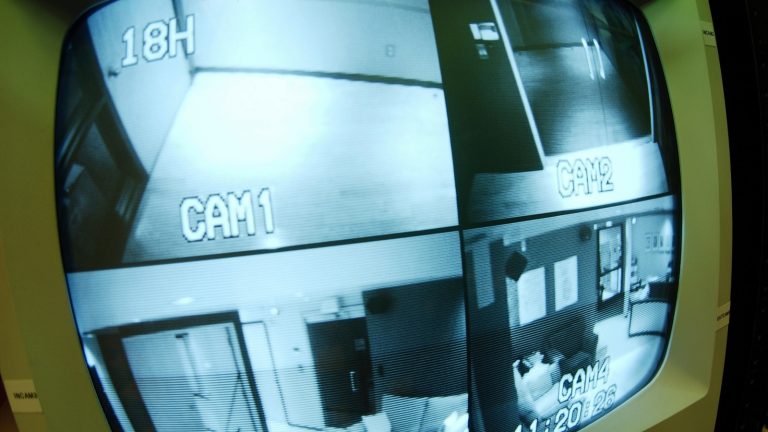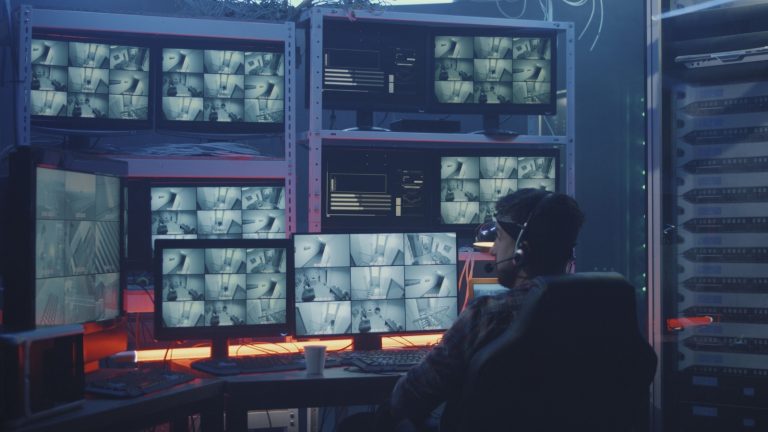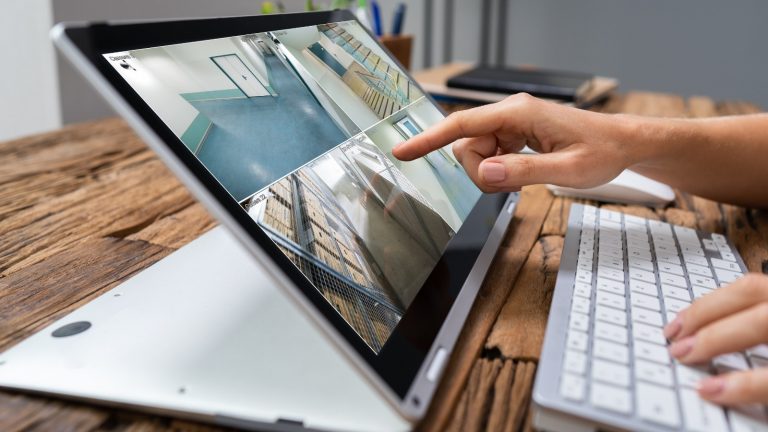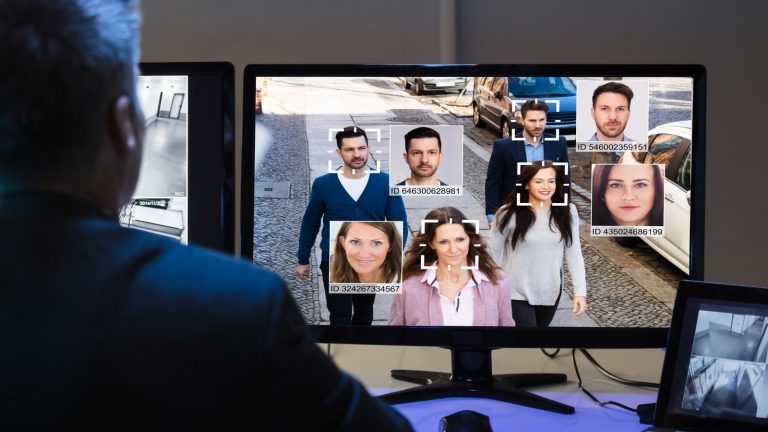As Artificial Intelligence (AI) is dominating the whole business world, how can the manufacturing domain keep itself distant from the impact of this technology? Manufacturing is a complex industry that consists of many procedures and protocols to follow if they need perfection in the outcome. This is why the manufacturers in Singapore have started moving their businesses forward with the implementation of AI, and this is where AI-powered video analytics comes into the scenario.
Can AI analyse videos? How can you employ video analytics for smart manufacturing? Let us provide answers to all your questions regarding intelligent video analytics in this article.
We will understand
What is Intelligent Video Analytics?

- First, we need to understand the true essence of this technological synergy. Intelligent Video Analytics, or IVA, is a sophisticated technology that employs artificial intelligence and computer vision algorithms to analyse video content for various purposes. It is basically a video streaming analysis solution.
- These video analytics include a range of capabilities such as object detection, tracking, classification, and behaviour recognition within video streams.
- As it couples with machine learning techniques, video content analytics can automatically identify and extract valuable insights from vast amounts of video data in real-time or post-processing.
- Applications of IVA span across multiple industries, including security and surveillance, retail analytics, traffic monitoring, and healthcare. The most common version of this comes as CCTV video analytics.
- Its capabilities encourage automated decision-making, anomaly detection, and predictive analysis, empowering businesses and organisations to enhance operational efficiency, safety, and security while unlocking valuable insights from visual data streams.
- Intelligent Video Analytics synergises with data analytics, streaming data, and IoT platforms by integrating video data with other sources for comprehensive insights when it comes to the manufacturing domain’s smart laboratories and factories exclusively.
- Let us explain how this mechanism goes on. At the initial stage, data analytics science processes extract meaningful information from video streams. This assists with the detection of workplace accidents, process optimisation, quality control, safety gear compliance, etc. When it couples with streaming data technology, it facilitates real-time analysis of video feeds, ensuring prompt responses to events. Then, it combines with IoT platforms, which enable seamless integration of video data with sensor data, expanding context and accuracy.
- As you can see, the IVA is designed to optimise the overall manufacturing process. The latter makes manufacturing more efficient and creates a safer environment for manufacturing employees.
Top 5 Ways to Use Intelligent Video Analytics for Manufacturing

Quality Control
In this section, let us explain how Intelligent Video Analytics helps with conducting quality control checks on products and guaranteeing products comply with standards in the manufacturing industry. This is made possible as it can continuously monitor production processes through cameras equipped with advanced computer vision algorithms.
These algorithms analyse video streams in real-time, detecting defects, anomalies, or deviations from predefined quality standards.
Through object recognition and classification techniques, IVA systems identify and categorise faulty products or components, enabling immediate corrective action. The best benefit of this is its ability to monitor several products processed over different periods. Moreover, IVA facilitates predictive maintenance by detecting equipment malfunctions or wear patterns before they cause defects.
Integration with IoT devices and data analytics platforms enhances the depth of analysis, providing insights into production trends and the root causes of quality issues. The latter can screen various defects on the conveyor belt and offers the capacity to track products to be removed from the conveyor belt due to quality breaches.
This technology is valuable when it comes to identifying missing components of the outcome, as it simplifies the quality check process by reviewing the final products in real-time.
Redefining Safety and Surveillance
IVA plays a pivotal role in redefining safety and surveillance protocols by employing advanced computer vision algorithms to monitor factory premises comprehensively. This offers a robust technological arm for intrusion detection as well.
How it occurs within the manufacturing framework is worth exploring. IVA systems analyse video streams from strategically placed cameras in real-time, detecting potential safety hazards such as unauthorised personnel entering restricted areas or employees engaging in unsafe behaviours.
Additionally, these systems utilise object recognition and tracking to identify intruders or suspicious activities promptly, enabling swift response measures. This means that monitoring unwanted objects in the area is highly possible with this technology. After detecting intruders in critical areas within the factory, it triggers alerts for the respective employees.
With IVA in place, you can easily detect accident-prone machinery and ensure your factories are safe!
Process Optimisation
If proper use of manufacturing space gives constant headaches to your managers, IVA is the ideal solution.
The algorithms can analyse video streams in real-time, identifying inefficiencies, bottlenecks, or deviations from optimal operating conditions, as we mentioned.
Once it detects anomalies and patterns, IVA systems provide insights into areas for improvement, such as workflow optimisation, resource allocation, or equipment maintenance schedules.
The power of IVA gets expanded when it integrates with IoT sensors and data analytics platforms. That is because it enhances the depth of analysis by correlating video data with machine performance metrics and environmental factors to identify the root causes of inefficiencies.
Offering automated data collection and analysis capability to manufacturers, IVA enables proactive decision-making, backing up real-time adjustments to production parameters, and enhancing overall operational efficiency. It also clears the path to optimising work efficiency within the manufacturing industry.
Real-Time Detection of Accidents and Prevention
IVA’s capability lies in its power to prioritise employee safety as well.
This indicates that the technology can be employed for accident detection and prevention, and the sole purpose of this is to protect your employees and premises.
These systems analyse video streams in real-time, swiftly detecting any signs of potential accidents or unsafe behaviours, such as workers entering hazardous zones without proper protective gear or operating machinery incorrectly. This is basically interwoven with security issues.
By integrating with IoT sensors, IVA can correlate video data with environmental factors like temperature or pressure, predicting and preventing accidents before they occur. For example, they can easily detect workplace accidents such as smoke and fire, as well as employee issues and altercations, etc.
IVA is the best technology to guarantee that the manufacturing process is 100% safer for employees in your company.
Access Control and Regulatory Compliance
With IVA systems, manufacturers can implement monitoring safety gears to improve workplace safety adherence and ensure that worker safety and compliance are on point.
This is the best way to uphold safety and compliance standards within your manufacturing framework, as it incorporates facial recognition for enhanced security and implements access control devices. These systems authenticate personnel based on pre-registered biometric data or identification badges, ensuring only authorised individuals can access restricted areas.
When you use video analytics for facial recognition and access control, you can effectively track the whereabouts of unauthorised personnel.
Integration with regulatory compliance standards encourages IVA to ensure adherence to safety protocols, such as monitoring the use of personal protective equipment (PPE) or compliance with operational procedures.
As you can see, it ultimately drives ergonomic decision-making in the manufacturing industry in Singapore.
Cerexio Data Analytics for Manufacturing Excellence

Cerexio Data Analytics offers a comprehensive solution for maximising organisational data potential in the manufacturing domain. It provides a 360-degree view of actionable insights, combining top-notch data analytics and AI on one platform. With self-service features, clean data access, preconfigured clusters, and multi-language support, the Cerexio solution empowers data science teams for optimal flexibility and efficiency.
Ensuring Optimal Safety in Factories with Intelligent Video Analytics

When it comes to manufacturing, final product quality is not the only thing that manufacturers need to care for. Safety concerns, yield optimisation, and accident prevention are among the main considerations. With the right solutions from industry experts, you can stay away from all these challenges for sure.
